Application of Inorganic Filler in Coating Industry and Market Status
As an important material, coatings are widely used in construction and industrial fields. According to the application field, it can be divided into architectural coatings, industrial coatings, general coatings and auxiliary materials.
Architectural coatings: wall coatings, waterproof coatings, floor coatings, functional architectural coatings, etc.;
Industrial coatings: automotive coatings, wood coatings, light industrial coatings, marine coatings, anti-corrosion coatings, etc.;
General and auxiliary materials: blending paint, varnish, enamel, primer, putty, auxiliary materials (thinner, moisture-proof agent, drier, curing agent, etc.).
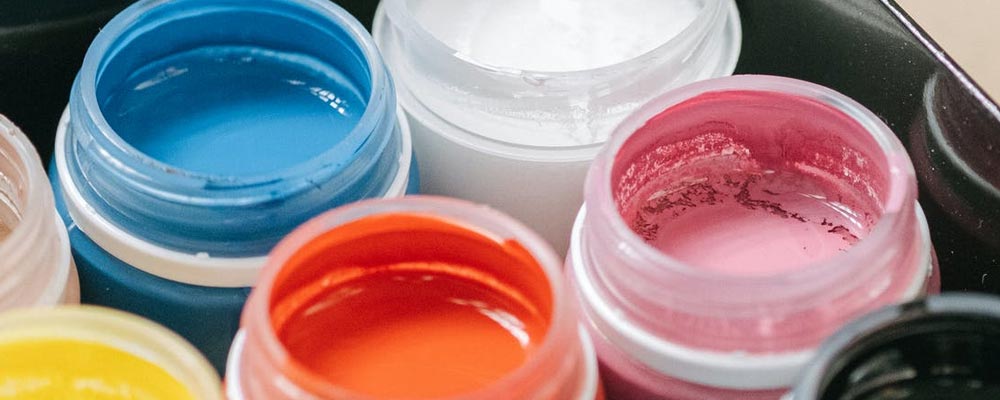
As the most used powder material in coatings, pigment fillers play an important role in improving, enhancing, and innovating the performance of coatings (coating films). Pigments for coatings include carbon black, iron oxide, titanium dioxide, etc., and fillers are also called inert pigments, volume pigments, and brighteners, which refer to white and colorless pigments that do not have tinting power and hiding power. According to different mineralogical characteristics and basic chemical composition, fillers can be roughly divided into carbonate, silicate, silica, barium sulfate and aluminum hydroxide.
- The role of inorganic fillers in coatings
Cost reduction: The thickness of the coating film can be increased by filling, which acts as a skeleton in the coating, making the coating film plump and thick, and therefore can reduce the cost of coating production.
Incremental enhancement: The filler can adjust the rheological properties of the coating, such as thickening, anti-settling, etc., and can also improve the mechanical strength of the coating film, such as improving abrasion resistance and durability.
Improve performance: The chemical composition, light, heat, electricity, magnetism and other properties of inorganic fillers can give coatings some functions.
- Selection index of inorganic filler
There are many types and specifications of fillers, and the use of high-quality and stable products is very important to ensure the performance of the coating. In the selection of fillers, in addition to paying attention to its chemical composition and mineral form, the filler’s particle size and distribution, hardness, oil absorption value, aspect ratio and other characteristics are also indicators that must be considered.
Application of Inorganic Filler in Coating Industry
- Calcium carbonate
Basic performance: the most versatile extender pigment; chemically active, reducing film blistering, anti-mildew, and flame retardant; it not only reduces the cost but also acts as a skeleton, can increase the thickness of the film, improve the mechanical strength, abrasion resistance, and suspension.
High-quality natural calcium carbonate products are made of calcite, with high whiteness, and can be made into powders of various meshes required for coatings. Synthetic calcium carbonate is also called light calcium carbonate or precipitated calcium carbonate. Because the particles are finer, the oil absorption is greatly increased, and it is slightly alkaline. Synthetic calcium carbonate should not be used with pigments with poor alkali resistance. It can be used as a filler for water-based interior wall coatings in architectural coatings, but due to weather resistance and color retention It has poor performance and is rarely used in exterior wall coatings.
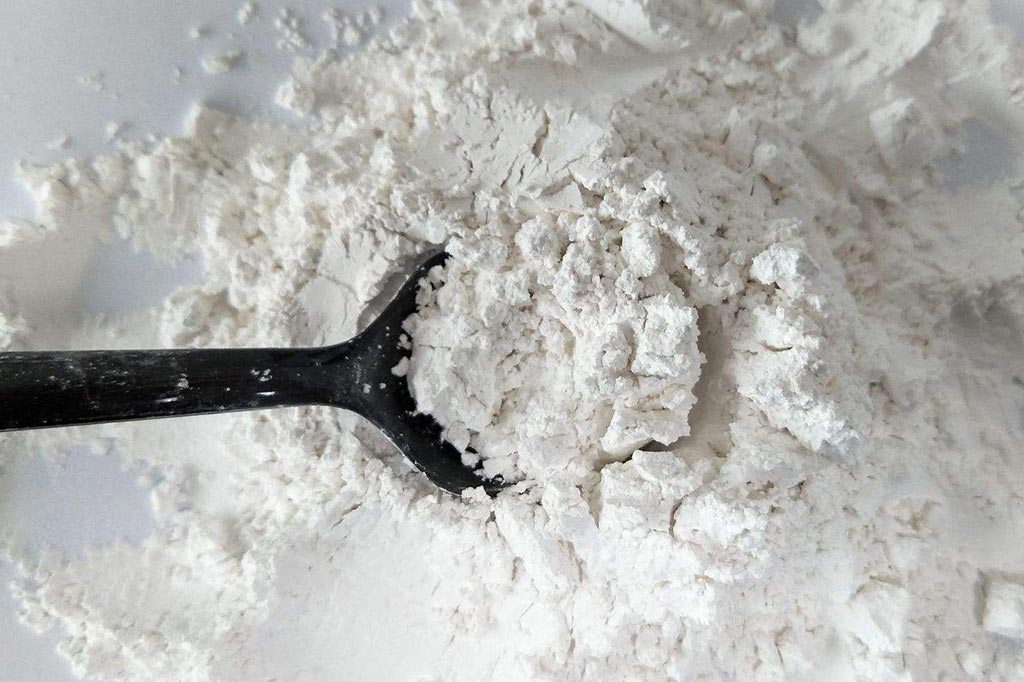
- Dolomite
Basic performance: The theoretical composition is w(CaO)=30.4%, w(MgO)=21.7%, w(CO2)=47.9%, often containing impurities such as Fe, Si and Mn. It has the characteristics of surface adsorption, can provide magnesium and calcium source, high refractoriness, large specific surface area, good heat insulation and heat preservation effect.
Dolomite powder can be used as a pigment filler in the coating industry to improve the weather resistance, rarity and scrub resistance of coatings. Mainly used in industrial protective coatings and marine coatings.
- Kaolin
Basic performance: The chemical composition is hydrated aluminum silicate, which has the properties of white color, low cost, good fluidity and suspension, chemical inertness, strong covering power, etc.; outstanding light resistance, acid, alkali and salt resistance, and good anti-settling effect.
Kaolin can increase the hiding power of titanium dioxide or other white pigments, and improve the rheology and gloss of coatings. In the paint, it mainly plays the role of filler and pigment substitute, and can reduce the demand for anggu dyes. Kaolin can also increase the hardness of the coating film, improve the quality of the coating film, and make the coating have good anti-corrosion, opacity and anti-settling properties. It can be widely used in water-based or solvent-based flat paint, semi-gloss paint, eggshell paint and special paint.
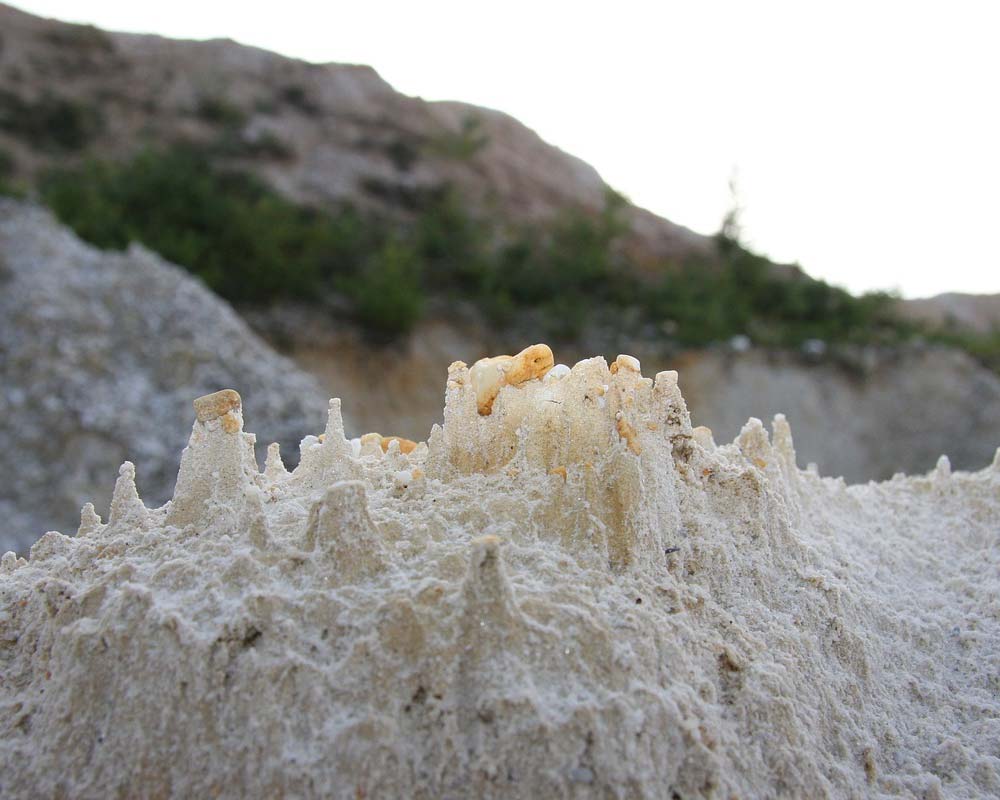
- Barium sulfate
Basic performance: There are usually two existing forms, namely natural barite powder and precipitated barium sulfate. Barium sulfate is an inert substance with high chemical stability, increased density, acid and alkali resistance, light resistance and heat resistance.
Barite powder is mainly used in primers in the coating industry. With its low oil absorption and low paint consumption, it can be made into thick film primers. And it has good filling, leveling and permeability resistance, which can increase the hardness and abrasion resistance of the coating film. Generally speaking, the performance of precipitated barium sulfate is better than that of natural products. It has high whiteness, fine texture and anti-blooming. The disadvantage is that it is dense and easy to precipitate.
- Wollastonite
Basic performance: The chemical composition is calcium metasilicate, and its length is 13 to 15 times the diameter. It has the characteristics of enhanced filling, chemical stability, good thermal stability and dimensional stability, excellent electrical properties, and high whiteness and brightness.
Wollastonite can increase the bright tone of white paint, and can replace white powder and titanium dioxide without reducing the whiteness and hiding power of the paint. Wollastonite can also improve the leveling of coatings and can also be used as a good suspending agent for coatings. Wollastonite used in primers can provide anti-corrosion performance, and can improve scratch resistance and crack resistance.
- Mica powder
Basic performance: Mica powder exists in nature in the form of multi-layer crystalline flakes. It has good transparency and high refractive index, high insulation strength and large electrical resistance, and excellent corona resistance and Mechanical properties and acid and alkali resistance.
Mica powder can impart flexibility, water resistance, weather resistance, chemical resistance, heat resistance and electrical insulation to the coating film. The horizontal arrangement in the paint can prevent ultraviolet radiation and protect the coating film, and can also prevent moisture from penetrating. In architectural coatings, the introduction of mica powder can improve the crack resistance of the coating film and improve the scrubbing resistance. A small amount of mica is used as a special component of steel structure primer, which can improve salt spray resistance and durability.
- Talcum powder
Basic performance: Talc powder is a magnesium silicate mineral. The layered basic unit structure is stacked on each other through extremely weak van der Waals force, and the layers are easily separated, giving it a certain degree of softness. It has good electrical insulation, heat resistance, chemical stability, lubricity, oil absorption, hiding power and mechanical processing properties.
In the field of industrial coatings, especially in primers, the introduction of talc powder can improve the corrosion resistance and crack resistance of the coating film, and can improve the adhesion and sanding properties, and can also play a role in preventing settling and sagging.
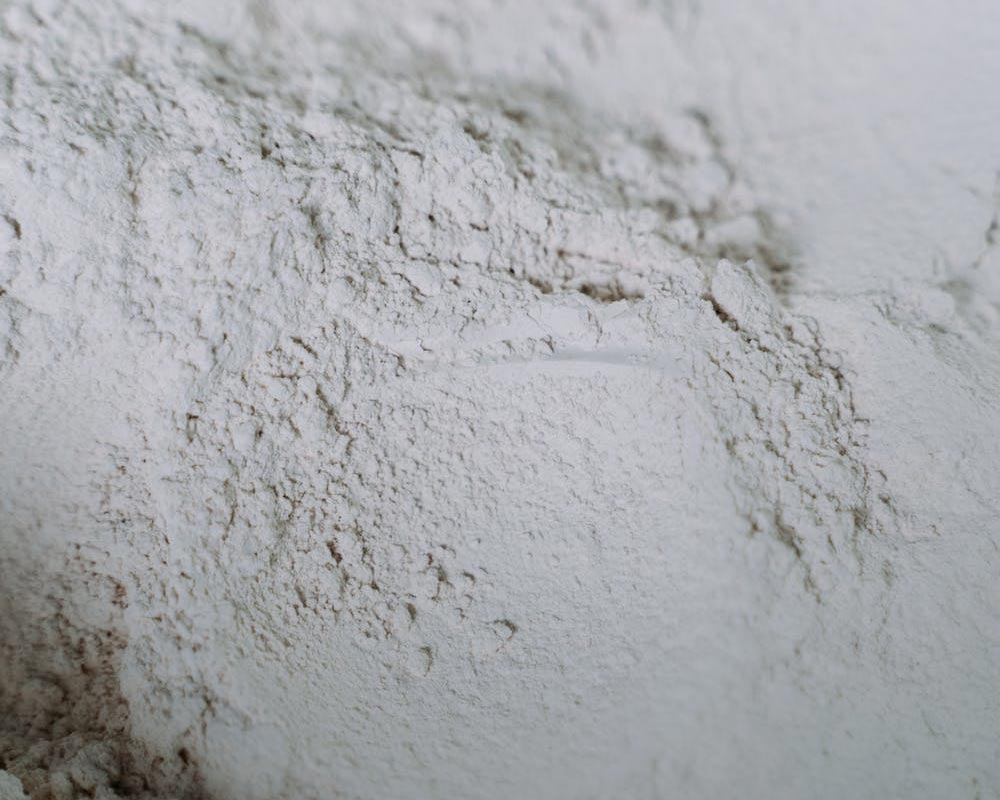
- Feldspar powder
It is a typical frame-like structure of mineral filler. According to different cations, feldspar powder mainly exists in three forms of albite, potash feldspar and anorthite. The morphology of feldspar powder is composed of nodular particles with edges and corners. Compared with spherical or ordinary block fillers, it can form a denser coating film, impart high wear resistance and scratch resistance to the coating film, and improve the coating film performance. Anti-corrosion performance.
- Silica
It can be divided into two categories: natural and artificial.
Natural products include crystalline silica, that is, quartz sand, which is mainly used in the preparation of architectural real stone paint.
There is also amorphous natural silicon dioxide, namely diatomaceous earth. Due to its low density and porosity, it is commonly used in interior wall coatings to absorb and eliminate odors. In addition, diatomaceous earth has an ionic effect, which can decompose water molecules into positive and negative ions, thereby generating strong oxidation and having a certain sterilization effect.
Artificial products include precipitated silica and synthetic fumed silica.
Precipitated silica uniformly dispersed in the coating film can produce a micro-rough surface, which makes the light diffusely reflected and has a strong matting effect.
Synthetic fumed silica, also known as white carbon black, has a thickening effect and exhibits certain thixotropy in coatings. In the water-based acrylic system, the introduction of silica may reduce the aging resistance of the coating film. This is because the metal ion impurities contained in silica will cause the coating film to undergo photo-oxidative degradation under ultraviolet light irradiation, and the silanol groups in the silica channels will also promote the photodegradation reaction.
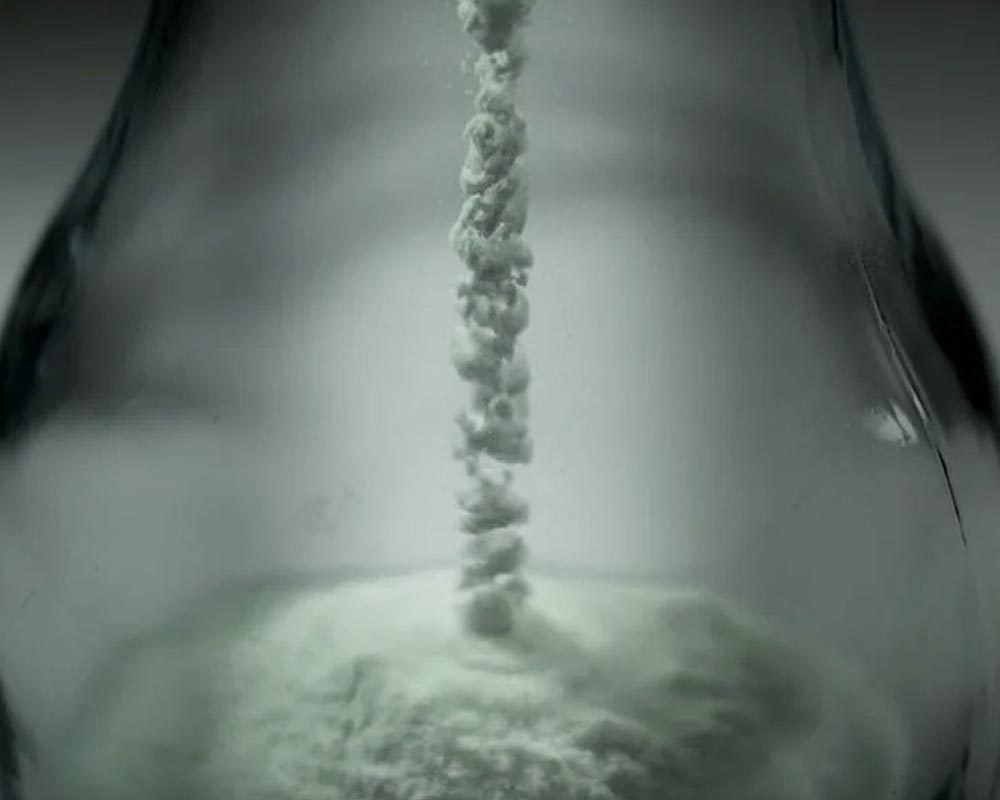
- Bentonite
Basic properties: The special layered structure gives bentonite special properties, such as water absorption, swelling, thixotropy, rheology, etc.
Bentonite is mainly used as an auxiliary agent in coatings, such as thickeners, anti-settling agents, dispersants, etc., to prevent the sedimentation of pigments and fillers in the coatings.
According to the type of bentonite, calcium-based bentonite and sodium-based bentonite are mainly used in water-based coatings, while organic bentonite is mainly used in solvent-based coatings, and lithium-based bentonite can be used in water-based coatings.
- Aluminum hydroxide
As a flame-retardant filler, aluminum hydroxide has good thermal stability and has the three major functions of flame-retardant, smoke suppression and filling. It is the most important inorganic filler in fire-retardant coatings. The flame-retardant principle is that aluminum hydroxide releases water at high temperatures, an endothermic reaction occurs, and the water evaporates and consumes additional energy. After the aluminum hydroxide is decomposed, a barrier layer is formed, which can slow down the flow of oxygen and the rate of generation of other gases. The resulting aluminum oxide residue is deposited on the surface to isolate the oxygen and achieve the effect of inhibiting combustion. In addition, aluminum hydroxide’s low absorption of ultraviolet light makes it very suitable for UV curing coating systems.
Market overview of the coating industry
The increase in demand in the coatings market is mainly due to the growth of investment in the construction industry, the development of the automobile industry, the increase in urban population and the improvement of the global economy. According to data from the World Paint and Coatings Industry Association (WPCIA), with the exception of 2015, the global coatings market showed a growth trend from 2012 to 2019. In 2019, the global coatings market was worth 172.8 billion U.S. dollars, an increase of 4.8% compared to 2018.
Competition in the global coatings market is fierce. Due to the large number of coating categories and the large differences in downstream demand in the industry, there are a large number of companies and the industry is relatively fragmented. From a regional perspective, Asia Pacific, Europe and North America are the leading regions in the global coatings industry. The Asia-Pacific region is the world’s largest coatings market. The Asia-Pacific region accounted for 57% of sales in 2019, an increase of 7pct compared to 2018.
Article source: China Powder Network
